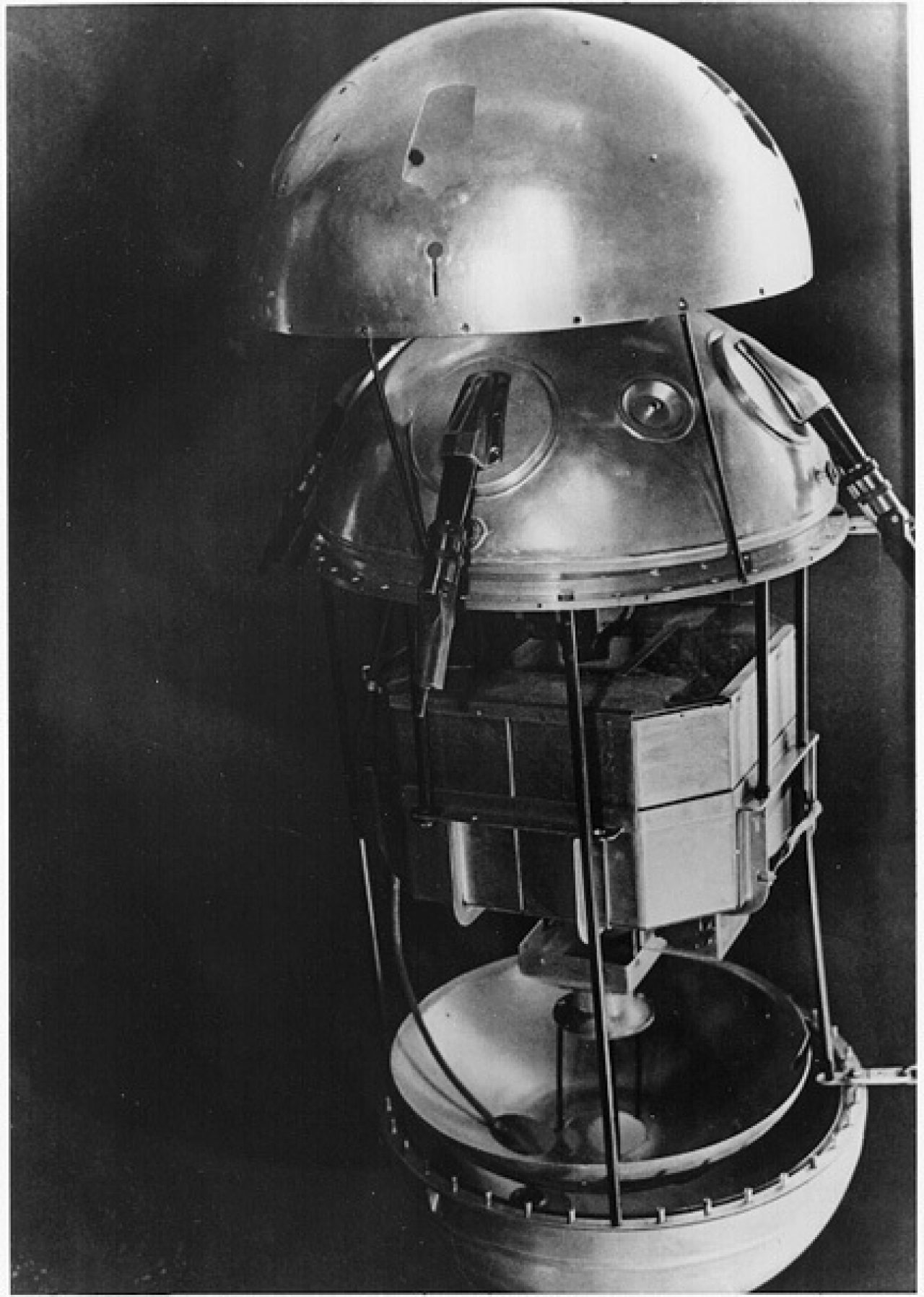The USSR Takes the Lead in the Space Race
In early October of 1957, the Soviet Union started the Space Race, leaving the United States in the dust. How? By sending a 2-foot metal sphere into space.

In early October of 1957, the Soviet Union started the Space Race with a bang, leaving the United States in the dust. How? By sending a 2-foot metal sphere into space.
Of course, it wasn't just a hunk of metal. That sphere had 4 radio antennae ready to provide scientists with information about the Earth's atmosphere and the reaches of space. Let's call that hunk of metal by its proper name: Sputnik, or Elementary Satellite-1.
The United States and the USSR, enmeshed in a bitter standoff nicknamed the Cold War, were always on the lookout for space to edge ahead of the other. In 1957, the USSR took a considerable step ahead and, while the US was embarrassed to find themselves trailing behind their rivals, sometimes the best way to jump start a flagging program is by bringing in some competition. It's interesting to think: Would the U.S. have enjoyed their eventual successes in spacelanding on the moon if the Soviets had not lit a fire under them by taking the first leap into the atmosphere? Would space travel remain a distant dream for long years later, an unfinished project gathering dust on NASA's shelf?

Weighing in at 184 pounds, Sputnik traveled approximately 18,000 miles per hour, orbiting the Earth once every 96 minutes. It was visible to bystanders using binoculars either just before sunrise or after sunset, and the radio signals it sent back to Earth were robust and clear enough to be heard by radio hobbyists outside of Soviet labs. Amateur radio users all over the world tuned in to hear Sputnik beep its way across the sky for the next twenty-two days.
Sputnik's batteries ran out on October 26, and the spherical shell burned up in January 1958, falling back into the Earth's atmosphere after covering nearly 44 million miles in its 3 months in orbit.
Looking back from the perspective of 2014 and our ever-advancing technology, it's easy to claim that Sputnik's actual exploits were insignificant. But everything the Space Race included needs to start somewhere. And as rudimentary as Sputnik may seem in explanation today, it was the height of scientific achievement in its day.
It would take the U.S. a while to catch up to the USSR's lead in the Space Race. By the time the U.S. did manage to launch a satellite, the Soviets had successfully sent a dog into space aboard Sputnik 2. The Soviets would be the first to put a man in orbit, then a woman, then to take a spacewalk.

 Member Connect
Member Connect